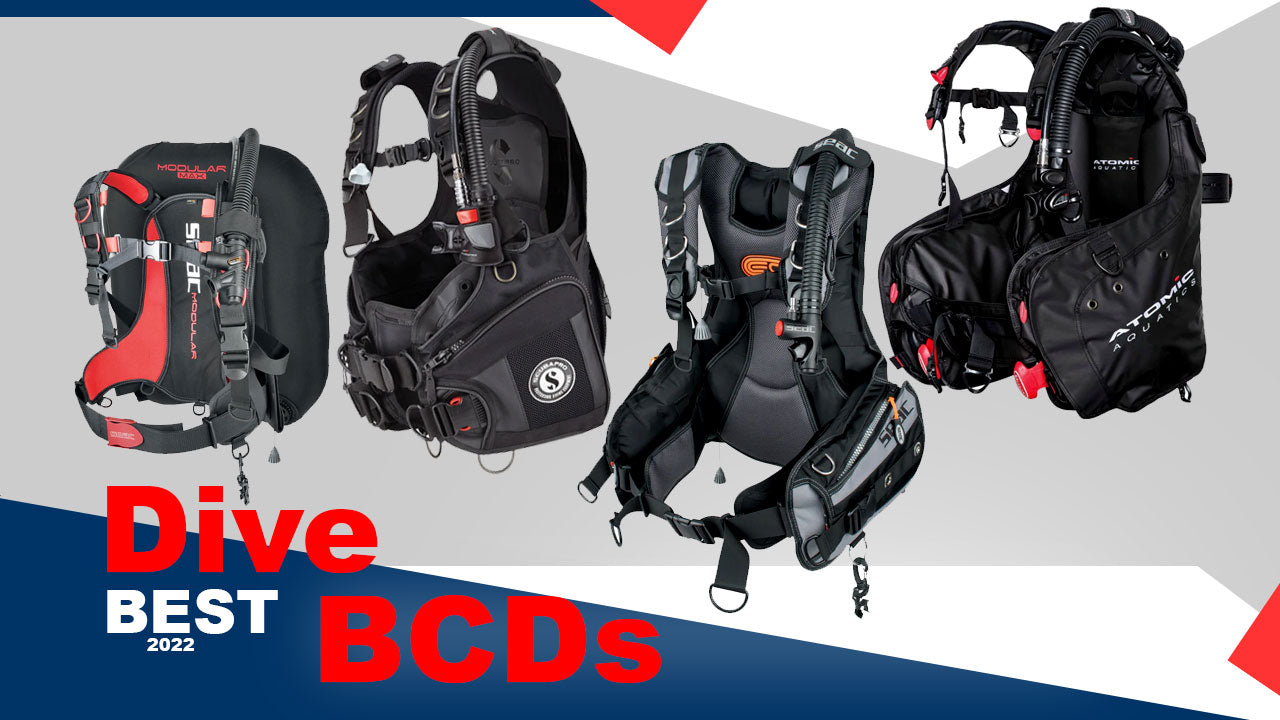Scuba Questions: What Is a Pointer Stick

Known by many names - including the muck stick, the reef stick, the lobster or tank tickle stick - the humble scuba pointer is one of the most versatile accessories you can have at your disposal while diving. This short stick is usually made from fiberglass or an anti-corrosive sturdy metal, such as stainless steel. Some models come with a noise maker on one end and/or a hole for a lanyard on the other.
The Many Uses of a Scuba Pointer Stick
As we have mentioned above, a pointer stick is a very versatile tool, here is a quick guide to its uses:
1. As a pointer. As the name suggests, a pointer stick is primarily used by divers, dive guides and instructors to point out marine life to their group or dive buddy without having to get too close, touching or scaring the subject. The diving stick can also be used to point out nearby dangers.
2. As a muck stick. When diving in muddy or silty sites, a pointer stick is a great way to stay off the bottom and avoid stirring up the sand or silt, which in turn reduces visibility. Keep in mind though, while the diving stick does allow you to disturb less area if you end up having trouble to stay buoyant, it should only be used on rare occasions, for instance when you suddenly get pulled down, and is not a substitute for learning proper buoyancy.
3. As a signalling device. A scuba pointer can be used as an alternative to a tank banger. Hitting a metal stick against your metal tank will create a clang loud enough to turn heads. Unfortunately, it also scares the fish away. A diving stick with a rattle attached will allow you to get the attention of your dive group without making too much noise.
4. As a monopod for underwater photography. A diving stick can help keep the photographer from making contact with the reef (especially during macro photography), and support the weight of a heavy set up. Again, it is not a crutch and should not be a replacement for poor buoyancy control, but it can be a useful tool for experienced divers who want to ensure that their close scrutiny of the reef in no way damages it.
5. As an anchor in strong currents. In the absence of a reef hook, a pointer stick can be used to anchor yourself to the seabed in strong currents, giving you a breather as you fight it. Remember to anchor your pointer on a lifeless part of the seabed.
Pointer Stick Dos and Don’ts
As you can see, a pointer stick is a great tool that can be useful in a variety of situations. That being said, it is important to use it correctly (yes, abusing the stick happens).
DO carefully plant the tip of the stick into a lifeless area on the seabed if you must use it as a monopod for the camera, or as a holding point in current. The potential damage from a carefully placed metal stick (typically only a quarter of an inch in diameter) cannot compare with a hand hold or a fin whack on a reef.
DON’T assume that all seabeds are lifeless. The seafloor community is made of infauna (marine animals that live within the sediments of the seafloor, including most species of shellfish) and epifauna (aquatic animals, such as starfish, flounder, or barnacles, that live on the surface of a sea bottom or on the surface of rocks or aquatic plants). They are the ones that are most likely to be harmed by pointers.
DO use the stick as a push point to back out of a close encounter, keeping your fins up until well clear of the reef or bottom. Using a muck stick correctly is often the best chance for a clean getaway.
DON’T rely on a pointer stick as a replacement for poor buoyancy control.
DO stow your pointer stick away when not in use, so it does not dangle and inadvertently make contact with the fragile reef.
DON’T tease, poke or manipulate marine life with your pointer stick. This is inappropriate, as is using gloves for the same purpose.
DO learn and follow special rules and regulations when diving in marine parks and other protected waters. Most of them have some sort of no-touch policy in place, which may prohibit the use of diving sticks.
Dive safe, dive smart, and protect the environment!



![9 Best Dive Computers in 2024 [Reviewed & Updated] - DIPNDIVE](http://dipndive.com/cdn/shop/articles/best_computers2.jpg?v=1658752532)
